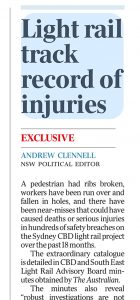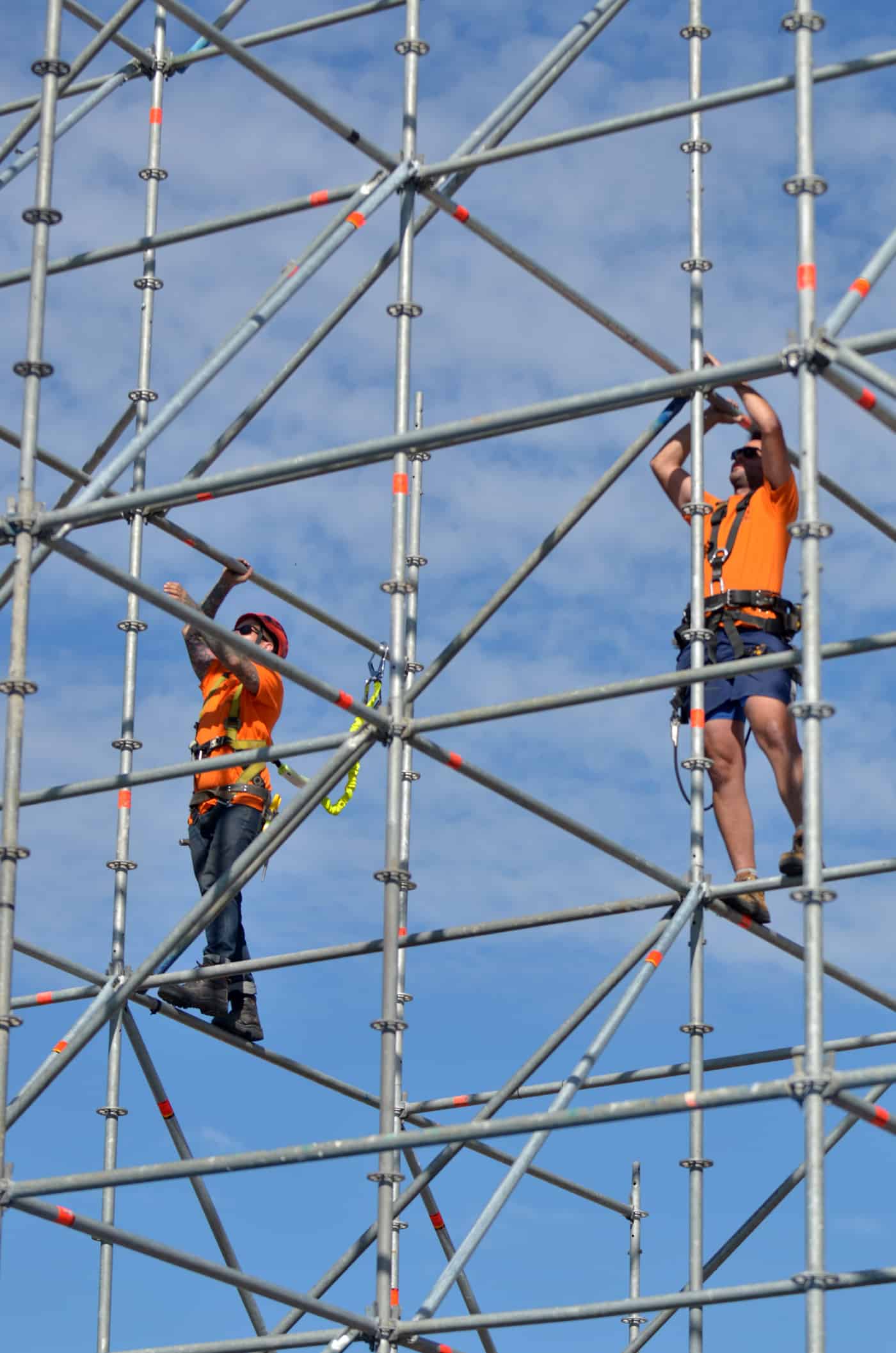
On March 17 2019, a community radio program and podcast “The Concrete Gang” broadcast some comments about occupational health and safety (OHS) on a rail construction site in Victoria, Australia, believed to be the Aviation Rd, Laverton site. SafetyAtWorkBlog attempted to factcheck the accusations.
Construction company McConnell Dowell is providing construction services on various sites for the Level Crossing Removal Project. According to The Concrete Gang:
“… McConnell Dowell level crossing removal have had a few dramas out there what we’ve got is we’ve a live train and they’re trying to put a level crossing in while there’s a live train going. They normally do what we call a shutdown which is an occupation where they shut down the line and they’re lifting concrete beams and build a bridge. Well McConnell Dowell in their wisdom are trying to do it between 10-minute stops…”
“….the workers on the job have got issues because they’re obviously lifting precast elements over trains and there’s obviously no safety…”



 There seems to be a growing community frustration with regulators who hesitate to prosecute about breaches of laws, including occupational health and safety (OHS) laws, and about options that sound reasonable, like
There seems to be a growing community frustration with regulators who hesitate to prosecute about breaches of laws, including occupational health and safety (OHS) laws, and about options that sound reasonable, like  Rail-related suicides are tragedies that ripple throughout society affecting families of the suicides as well as the train drivers, their families and their colleagues. Various strategies are being trialled but often the results of interventions are hard to quantify. At the annual conference of the
Rail-related suicides are tragedies that ripple throughout society affecting families of the suicides as well as the train drivers, their families and their colleagues. Various strategies are being trialled but often the results of interventions are hard to quantify. At the annual conference of the 
